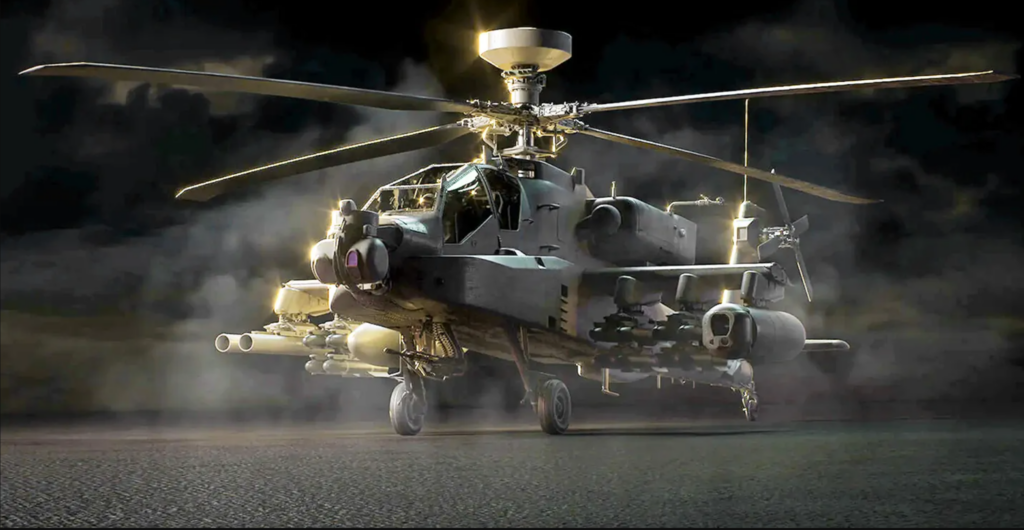US Army Cancels 6,000hp Blackhawk Upgrade to Speed up FLRAA
On May 7, the Army Chief of Staff General Randy George told Congress he wanted to move up the fielding of the Future Long Range Assault Aircraft (FLRAA) from 2030 to 2028. This of course requires a surge in funding, which in the current budget environment requires sacrifices. On May 8 that sacrifice was made known; the Improved Turbine Engine Program (ITEP) would not be moving into production despite a 19 year development cycle.
The program was quite close to the finish line as the engine was powered on inside a UH-60M Blackhawk for the first time in January and will be flight tested later this year.
The intention of ITEP when it was conceived in 2006 was to replace the ~2,000 shaft horsepower General Electric T700 engines that powered both the AH-64 Apache and the UH-60 Blackhawk families. The new engine would provide 50% more power (3,000shp) while being simultaneously more fuel efficient. The GE T901 was selected as the winner in 2019 and would also be chosen to power the now cancelled Future Attack Reconnaissance Aircraft.

With 6,000shp, the ‘Super’ variants of Blackhawk and Apache would be the perfect platform for deploying increasingly heavy munitions and mission systems like the Long-Range Precision Munition and the growing Launched Effects portfolio. However, as traditional helicopters their range performance, though greatly improved by ITEP, paled in comparison to that demonstrated by the tiltrotor V-280. Selected as the winner of the FLRAA competition in 2022, the V-280 is much better suited to the long ranges the Army expects to encounter in a Pacific fight.
With tensions in the South and East China Sea building the usefulness of the Blackhawk and Apache fleet relative to the FLRAA has been brought into question. Re-engining over a thousand helicopters would be a very large bill and as the budget becomes more constrained hard compromises must be made. So after two decades of development and testing, the ITEP will be left behind.

